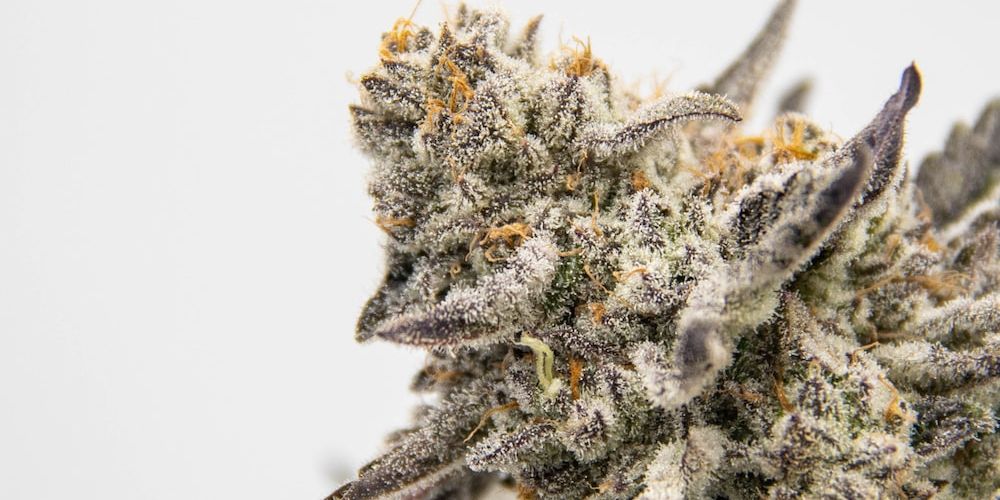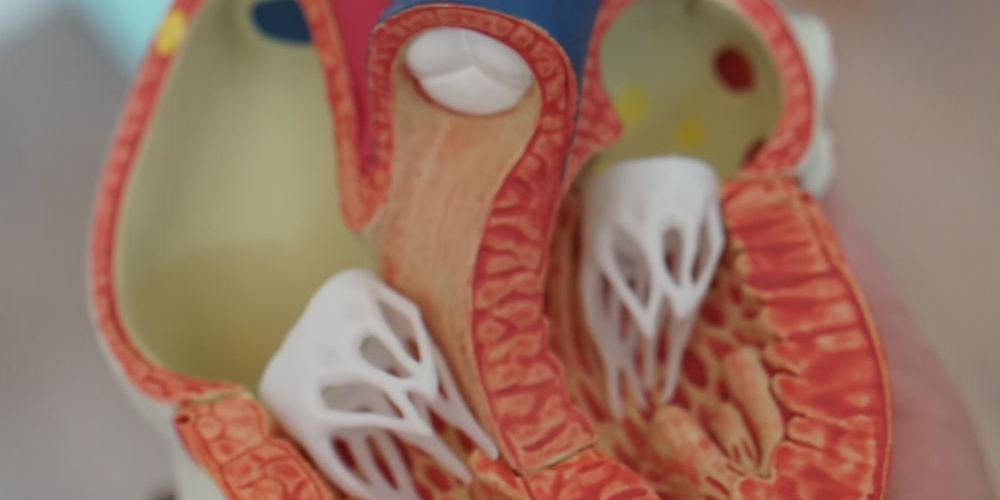The Legality of Medical Marijuana in Ontario
Medical marijuana has been legal in Canada since 2001, although regulation and legalization have been developing over the years. In 2018, Canada legalized the use of recreational marijuana for adults, but the regulations for medical marijuana differ in many ways.
In Ontario, medical marijuana is legal with a prescription from a healthcare practitioner. To access medical marijuana, patients must register with a licensed producer and possess an authorization document. These producers are regulated by Health Canada, ensuring quality control and safety for patients. It is important to note that purchasing marijuana from an unlicensed producer is illegal and could lead to legal repercussions.
Benefits of Medical Marijuana
Medical marijuana has been used to treat many conditions, including chronic pain, anxiety, and insomnia. Many patients find relief from their symptoms with medical marijuana, especially for those conditions that do not respond well to traditional treatments. Medical marijuana can also help alleviate the side effects of chemotherapy and improve appetite in patients with HIV/AIDS.
The Different Forms of Medical Marijuana
Medical marijuana comes in many different forms, including dried flower, oils, capsules, and edibles. Each form has its benefits and drawbacks, and patients should speak to their healthcare provider to determine which form is best for their needs. Additionally, different strains of marijuana have different effects on the body, and patients should research strains before trying them.
The Role of CBD in Medical Marijuana
CBD, or cannabidiol, is a non-psychoactive compound found in marijuana. It has been researched for its potential therapeutic benefits, including reducing anxiety and inflammation. CBD products are legal in Ontario and can be purchased without a prescription, although patients should still speak to their healthcare provider before trying them. It is important to note that CBD products may interact with other medications, so patients should exercise caution when using them.
The Risks and Side Effects of Medical Marijuana
As with any medication, medical marijuana comes with risks and potential side effects. Short-term side effects may include dry mouth, red eyes, and impaired motor skills. Long-term use may lead to dependence, impaired cognitive function, and respiratory problems. Patients should speak to their healthcare provider about the potential risks and benefits before using medical marijuana.
Accessing Medical Marijuana in Ontario
Accessing medical marijuana in Ontario requires a prescription from a healthcare practitioner. Patients must then register with a licensed producer and obtain an authorization document. Patients can purchase medical marijuana online or by mail order from their licensed producer, but it cannot be purchased in stores or dispensaries. Patients should be aware that the cost of medical marijuana is not covered by OHIP, the Ontario health insurance plan.
Finding a Healthcare Practitioner
To obtain a prescription for medical marijuana, patients should speak to their primary care physician or a specialist. Healthcare practitioners must complete a medical document that outlines the patient’s condition and the recommended dosage of medical marijuana. Patients should be honest with their healthcare provider about their medical history and other medications they are taking.
Registering with a Licensed Producer
Patients must register with a licensed producer to access medical marijuana in Ontario. Licensed producers are regulated by Health Canada and must adhere to strict quality control and safety standards. Patients can register with any licensed producer, but it is recommended to research different producers and strains before making a decision. Patients should also be aware that there may be wait times for registration and delivery of medical marijuana.
Possessing and Using Medical Marijuana
Patients are allowed to possess up to 30 times their daily dosage of medical marijuana. It is important to keep medical marijuana stored in a safe and secure location, away from children and pets. Patients should also take precautions when using medical marijuana, such as not operating heavy machinery or driving under the influence. It is recommended to start with a small dosage and increase gradually under the supervision of a healthcare provider.
Conclusion
Medical marijuana is a complex and evolving topic, with many potential benefits and risks. Patients in Ontario have access to medical marijuana with a prescription from a healthcare provider and registration with a licensed producer. It is important for patients to be informed about the different forms and strains of medical marijuana and to speak with their healthcare provider before use. With proper education and regulation, medical marijuana can be a valuable tool in treating various medical conditions.












